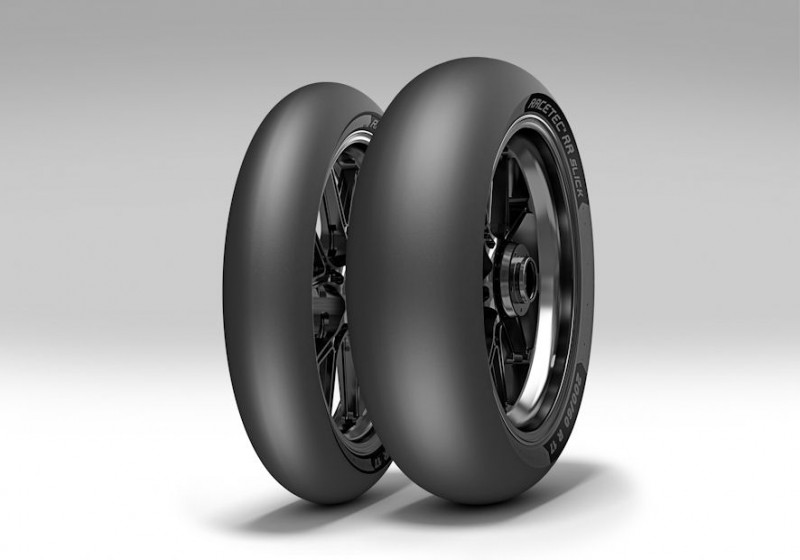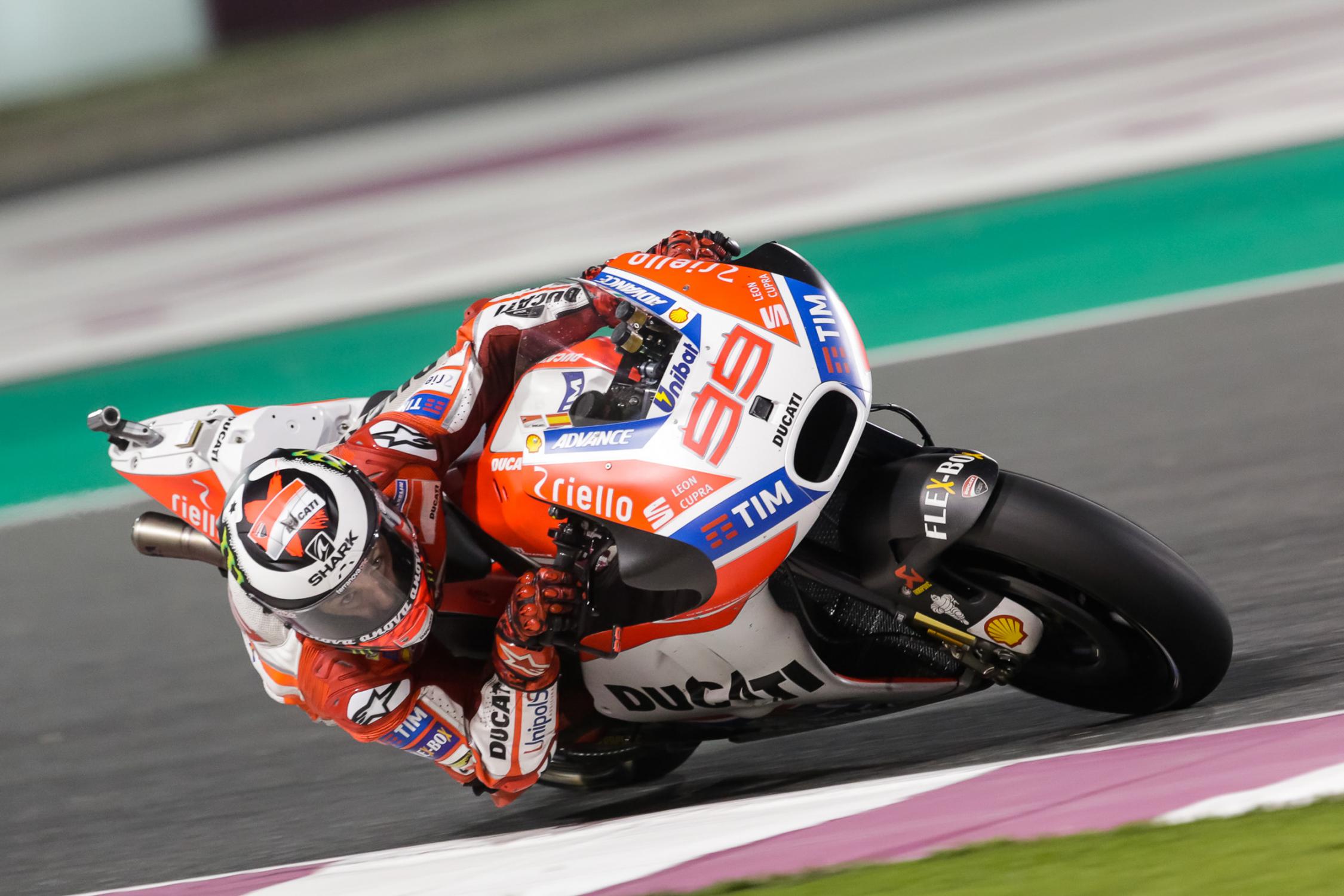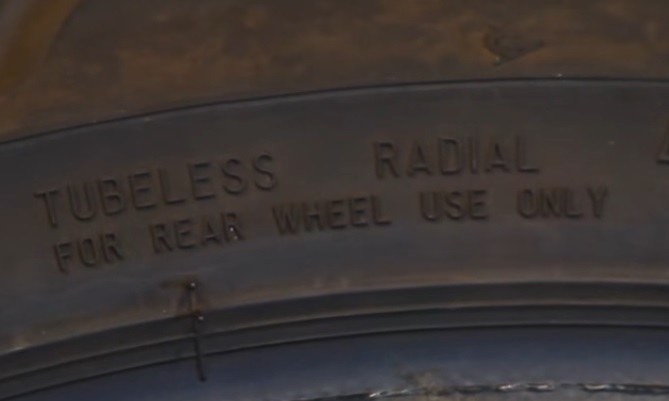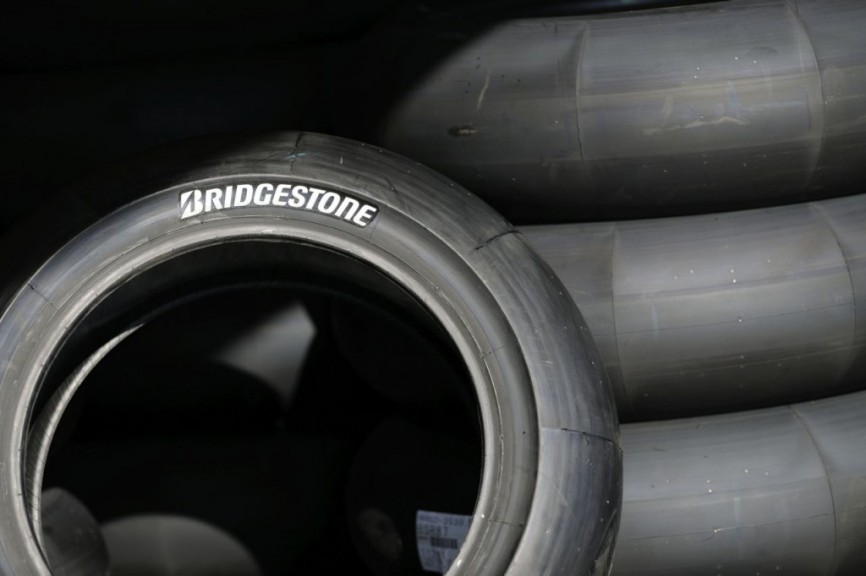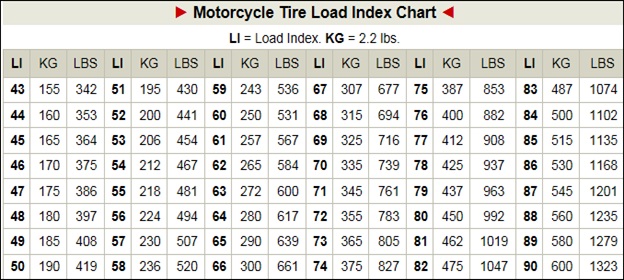-
Usually sports bikes will go for the tubeless type while those who go tour riding will sometimes end up on the tube type as it is usually easier to repair
-
Too much pressure will lead to the middle part of tyre to wear out faster and of course affects the overall handling.
-
Tyre size has been chosen specifically in accordance with how the engine and chassis was developed.
-
The easiest and most common way to tell the tyre size is via the metric system where three different numbers are displayed on the side of the wall like 120/70-11 or 200/55-17.
We all know that there are so many tyre manufacturers producing a huge range of motorcycle tyres for the consumers and it’s almost impossible to keep up with each and every one of them. For some folks, choosing just one set for their beloved bikes can be difficult. Which brand is the best? What type of tyre should I use? What are all these numbers and letters on the tyre? We at Bikes Republic are here to help you guys out!
As there are so many things to talk about regarding motorcycle tyres, we will break it down into a few parts for the coming weeks. First and foremost, we are going to focus on the information stated on the sidewall of the tyre. Let’s build up that tyre knowledge!
Everything you need to know about any particular tyre is already stamped on the tyre’s sidewall. Besides providing all those useful information, the sidewall also provides the main stiffness of the tyre itself but we’ll go into that in another part later on.
Tubeless or Tube Type
Most tyres nowadays are of the tubeless variant but others require the use of an inner tube in order for them to work properly. This is very simple to know as it is usually marked clearly with either Tubeless (TL) or Tube Type (TT).
There are pros and cons for both type of tyres but usually sports bikes will go for the tubeless type while those who go tour riding will sometimes end up on the tube type as it is usually easier to repair should a puncture or tear happen at some far away remote place.
Tyre Pressure
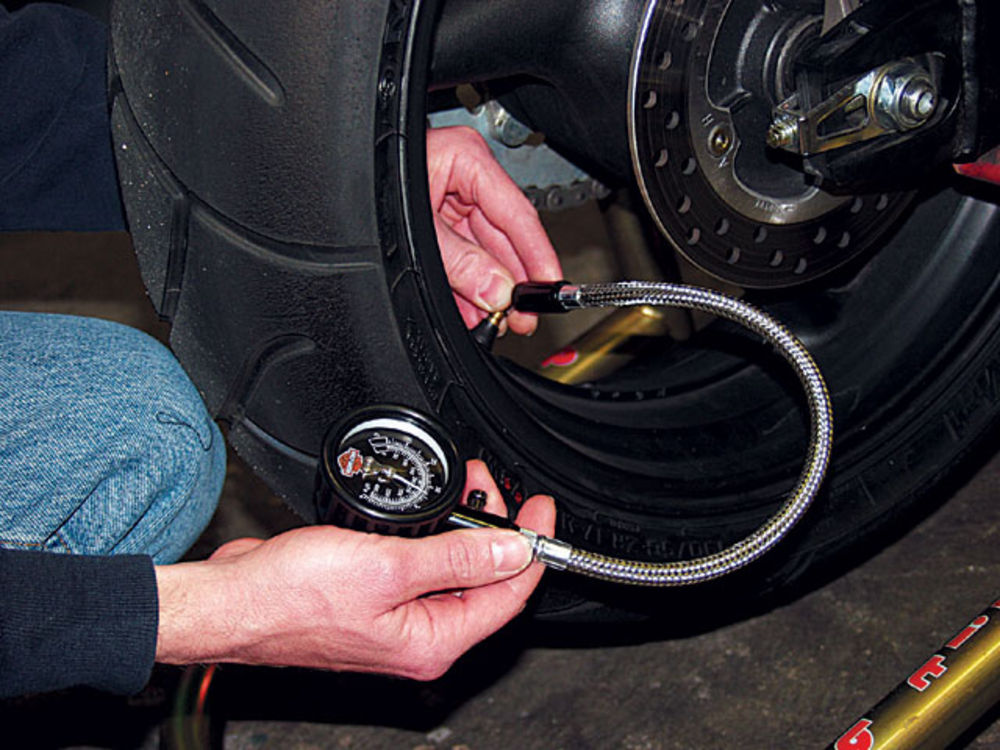
Putting enough air in to get the right pressure for motorcycle tyres is vital. Too much pressure will lead to the middle part of tyre to wear out faster and of course affects the overall handling. Too little pressure affects the ride as well and also will lead to tyre cupping. All of which is not really good for the tyre, bike or the rider.
On the sidewall, there’s an indicator of tyre pressure stated in either Psi or kPa. Do not follow this as the number stated here is the MAXIMUM TYRE PRESSURE it can handle, not the recommended pressure. For this, always refer to bike’s manual or maybe a sticker somewhere on the bike’s frame for the right and recommended tyre pressure.
Tyre Sizing
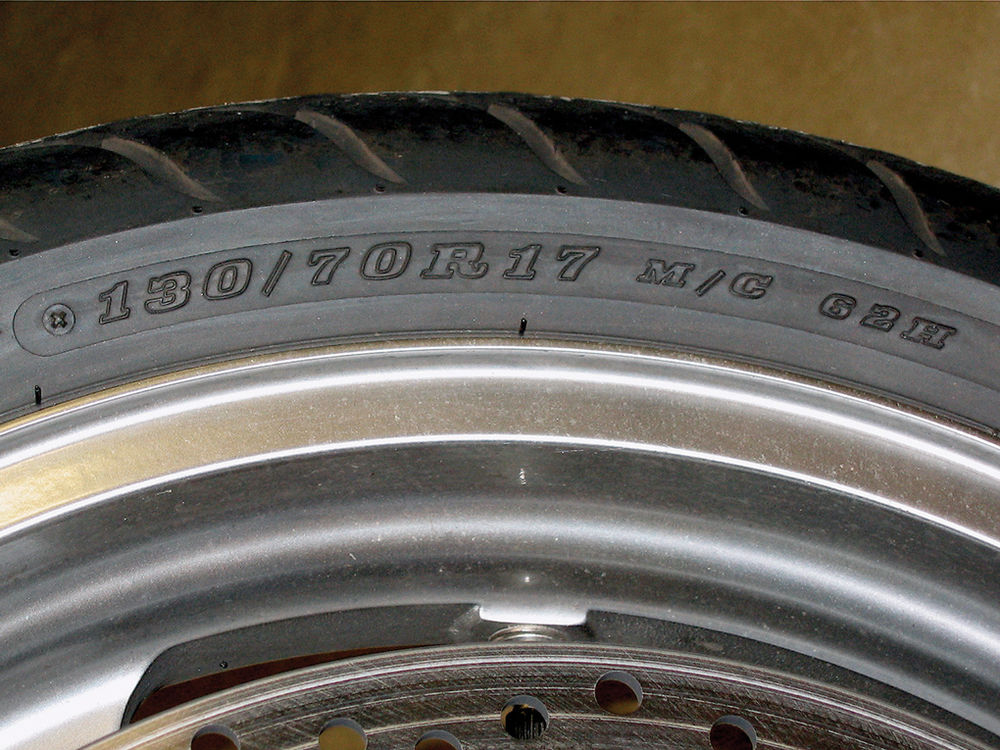
There are many different sizes available for all kinds of motorcycles in the market today. When it comes to replacing them, it’s easy to get carried away without the right information. The easiest way to do this is just to stick with the recommended tyre size from the manufacturer. This is because the tyre size has been chosen specifically in accordance with how the engine and chassis was developed. Due to this fact alone, we believe the manufacturers know what they’re talking about.
The easiest and most common way to tell the tyre size is via the metric system where three different numbers are displayed on the side of the wall like 120/70-11 or 200/55-17. There are other methods of display like the alphanumeric and inch designation systems but you’ll need a conversion chart to make life easier to understand.
Let’s use the tyre size 120/70-11 as an example. The three numbers represent tyre width, aspect ratio (sidewall height) and rim diameter. 120 means the tyre is 120mm wide, 70 means the tyre height is 70% of the tyre width (about 84mm) and the final number represents the tyre or rim size. In this case, it’s for 11-inch rims.
If you see a letter R or B in between the aspect ratio and rim diameter, that refers to the tyre type, either ‘Radial’ or ‘Bias’. That’s a whole different story which will be covered in the next part as well specifically on how the tyres are constructed.
Load Index and Speed Rating
Another particular information you should be paying attention to is the load index and speed rating. The load index represents the maximum load the tyre can handle while the speed rating means the maximum speed the tyre can handle. Exceeding both limits will cause tyre failure which is something no one wants under any circumstances.
Right after the tyre size information, you will most likely see an alphanumeric like 54L or 62P. In order to understand this, you’ll need a conversion chart understand what it means. The number 54 means that the tyre can withstand a maximum load or weight up to 212kg.
L refers to the maximum speed it can carry (in this case, L is 120km/h) so you know not to exceed that speed because if you do, the tyre will lose its grip efficiency or worse, cause a tyre failure. Yikes.
Date of Manufacture
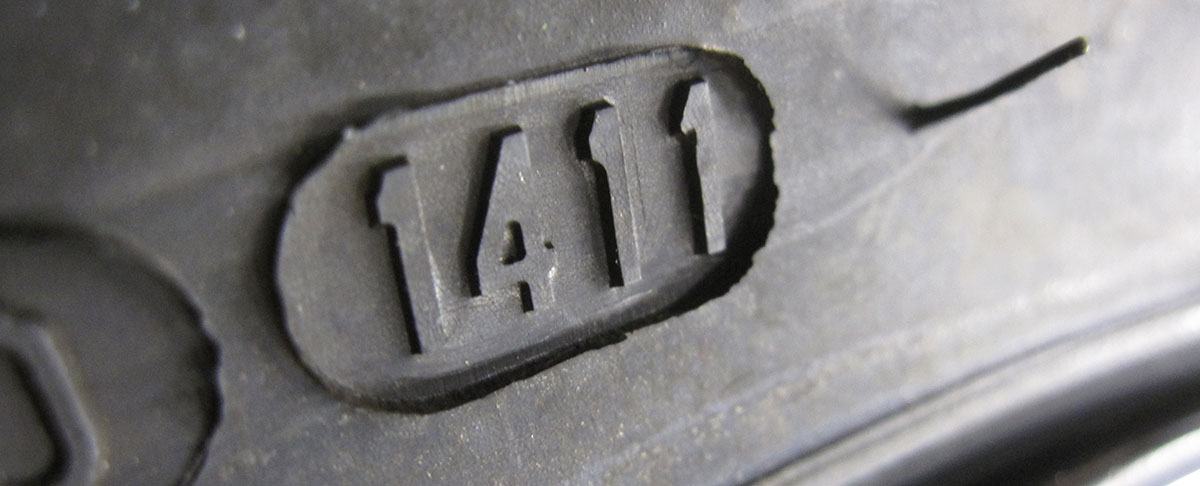
This is represented by a series of four numbers. The first two numbers represent which week the tyre was made and the last two digits represent the year. So if you see something like ‘1411’, it means that the tyre was made on the 14th week of 2011 (around the middle of May if count the number of weeks).
This is VERY important especially when putting on new wheels. Most tyres have a lifespan of five years if stored properly. Older tyres will get stiff as the oil evaporate through the years and will cause tyre failure. So always check the date of manufacture for each tyre before putting them on your beloved bikes.
That’s all for Part One on motorcycle tyres, folks. Stay tuned to Bikes Republic for everything and anything motorcycle.
[button color=”” size=”” type=”round” target=”” link=””]Looking to buy a motorcycle? Visit our Bike Buyer’s Guide to compare your favourite bike against others to help you make a better buying decision. [/button]

